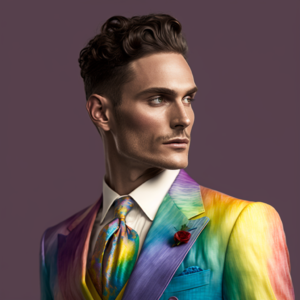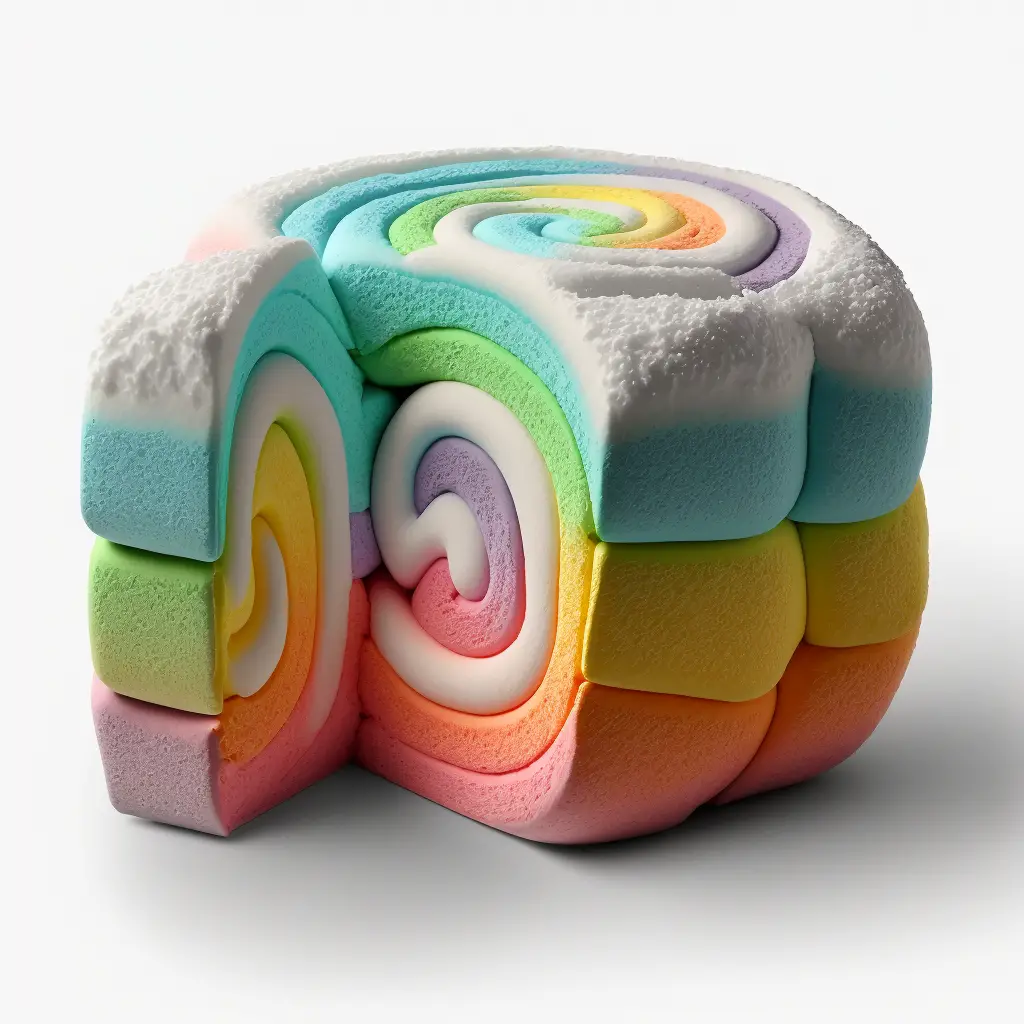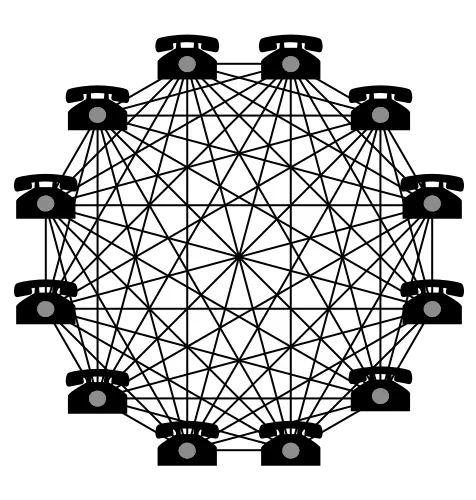
The colors of the rainbow are Red, Orange, Yellow, Green, Blue, Indigo, and Violet. But could you have said that list by heart if I asked you to repeat it? Besides that, haven’t you ever wondered what forms these colors and why they’re always in the same order? If so, this article is for you!
We’ll quickly go over how to remember the colors of the rainbow in order, touch on a few easy acronyms, and go over what creates these majestical rainbows in the first place. Let’s dig in!
What Are the Colors of the Rainbow in Order?
When people talk about the colors of the rainbow, it’s always in this exact order:
- Red
- Orange
- Yellow
- Green
- Blue
- Indigo
- Violet
And that’s why people use the mnemonic ROYGBIV to remember the order. That means that each letter of the mnemonic ROYGBIV stands for the first letter of the colors in the rainbow (R is for Read, O is for Orange, etc). Others use the same device but think of it as a fancy aristocrat’s name, Roy G. Biv.
Maybe that will make it easier for you to remember!
And for some odd reason, you might come across the exact reverse order of this, as in, the bottom of the rainbow to the top, which would be VIBGYOR.
But while you’re probably super familiar with every color above, are you 100% positive you know what the color indigo is?
What is Indigo?
Indigo is a color that is often described as a deep, dark blue. It’s been a source of debate for many years though, as some say it really is a deep blue while others believe it could be a mix of blue and violet. It’s not an easy color to define and can be quite different depending on the light, making it even more difficult to pinpoint.
If you want a real-life comparison, think of indigo as a mix between the ocean and the sky. The deep blue of the sea and the lighter blue of the sky blend together to create a unique color that is neither one nor the other. It’s a bit of a chameleon, shifting in appearance depending on the light and the angle.
Indigo is a color that is all its own, and that’s part of why it’s so beloved!
What is a Rainbow?
A rainbow is something that has captivated us since childhood. We often associate it with a pot of gold at the end, but what is a rainbow and how is it made?
It all started with Isaac Newton, who discovered that clear white light passes through a prism and refracts into different colors. This process is known as dispersion and creates the seven colors in the visible light spectrum, which are red, orange, yellow, green, blue, indigo, and violet. This is what we know as a rainbow.
But did you know that a rainbow actually has many more colors than that? It can contain up to 10 million or more distinct hues! Not to mention the almost infinite number of light frequencies. This is because of the way sunlight interacts with the tiny water droplets in the air – the different wavelengths of sunlight bend and refract differently, producing the full spectrum of rainbow colors!
So the next time you see a rainbow, you can thank Isaac Newton and the wonders of nature for the beautiful sight!
How is a Rainbow Formed or Created?
Have you ever wondered how rainbows are formed? It turns out that rainbows are created by the refraction and reflection of sunlight in water droplets in the atmosphere.
To start, sunlight is made up of all of the colors of the rainbow. When the sun’s light hits the water droplets in the atmosphere, the light is split up into all of the different colors and bent, or refracted, in different directions. This refracted light is then reflected off the back of the water droplet and sent back in one direction. When all of the light is combined, the rainbow is created!
The best way to spot a rainbow is when the sun is at your back and the sky is full of rain. That way, the sunlight can be reflected and refracted from the droplets and create a beautiful display of colors. So next time it’s raining, be sure to look for a rainbow!
Will the Order of Colors in a Rainbow Ever Change?
Maybe. The reason Isaac Newton first stated a rainbow has just seven colors is because he figured they should be the same number as there are notes in a musical scale! Think of it like the below:
1 – Do – red
2 – Re – orange
3 – Mi – yellow
4 – Fa – green
5 – Sol – blue
6 – La – indigo
7 – Ti – violet
Of course, centuries later we wouldn’t think of this as being very scientific at all. But since rainbows actually contain millions of colors, most of which we can’t see with our human eyes, we could never possibly memorize the colors (or even name them!). So what are we left with?
The age-old cultural aspect of our societies; tradition!
So, if scientists or our culture ever decide to change what a rainbow represents, they have millions of colors to choose from, so it’s certainly possible. According to the National Post, many depictions of the rainbow already don’t include Indigo! So, it looks like it’s already happening, right in front of our eyes.
Good luck in your rainbow-hunting travels!





